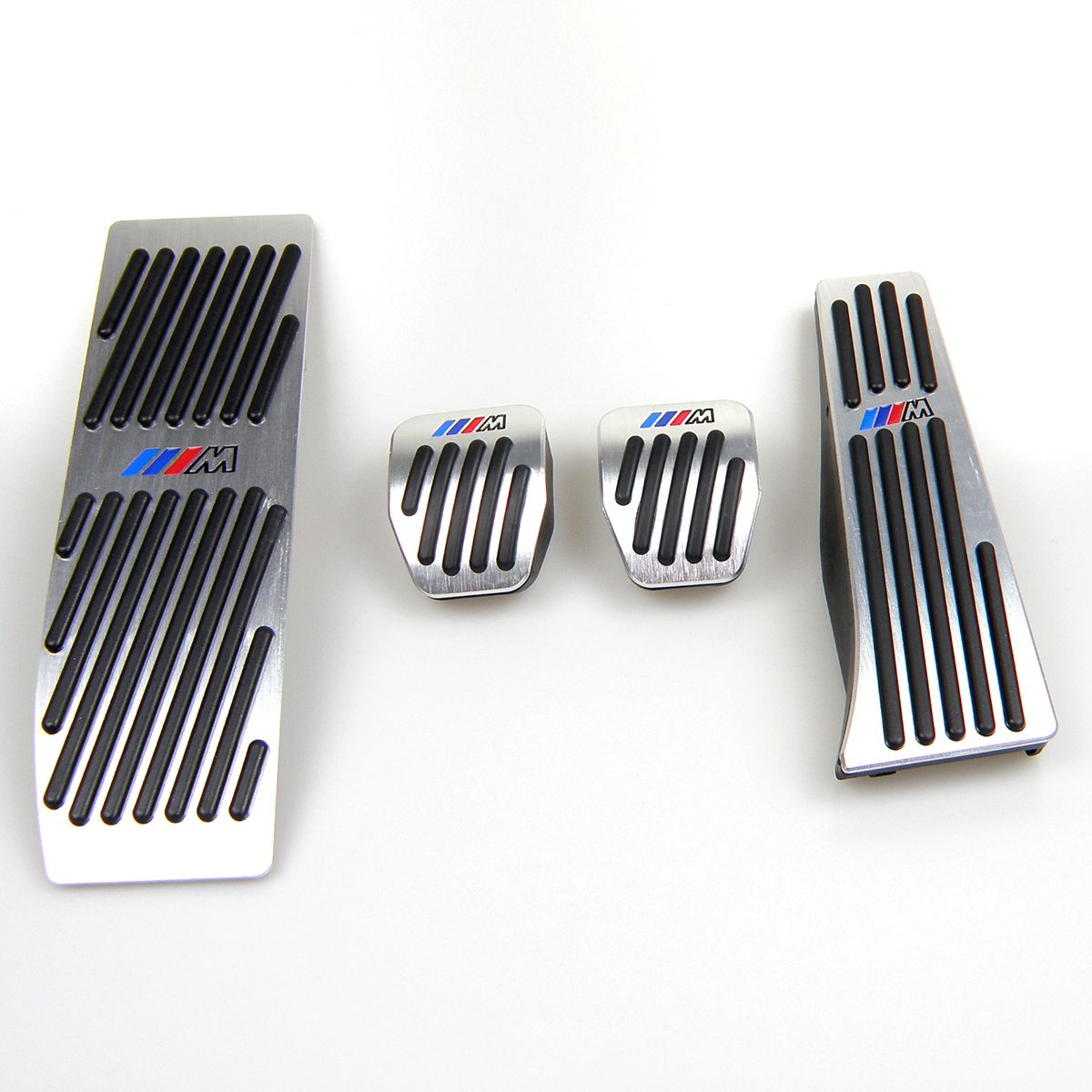

While the interface of 4 presets and no knobs for fine-tuning the sounds may seem restrictive, it’s the simplicity of the DC-2 and its perfectly balanced settings that make it one of the greats. Taking inspiration from the rack-mounted Roland SDD-320, the DC-2 featured a layout, unlike any other BOSS pedal. With the success of converting a rack unit into a compact pedal (like the DD-2 Digital Delay), BOSS decided to take this approach again with the release of the DC-2 Dimension C in 1985. Tonally, the CE-3 sounded very similar to the CE-2, with the addition of a stereo mode selector that enabled switching between a panning chorus effect that emulates multiple guitars and a vibrato-style effect. To accommodate for this second output jack, the engineers at BOSS used an unorthodox knob layout that was widely criticised as it blocked view of the LED. The new CE-3 Chorus pedal featured the stereo output that many felt the CE-2 lacked.

The CE-2 shares similar circuitry to the CE-1, however, to fit the circuit into a compact enclosure BOSS were forced to make a number of changes, such as the removal of the vibrato function, the stereo output, the volume and intensity knobs and the integrated power supply.Īfter 3 years of steady sales, BOSS decided to update the CE-2 in 1982 with one big difference. And in October 1979, the CE-2 was unveiled. With Roland shifting the focus of its BOSS division towards a series of compact pedals in 1977, it was only a matter of time before their famous chorus sound was downsized. Sales of the CE-1 were slow at first (mainly due to its high retail price) but soon increased as guitarists discovered that employing the pedal’s stereo output with multiple amps could create previously unheard atmospheric tones.

The CE-1 featured the very same circuit found in the JC series and included both chorus and vibrato functionality.

Released in 176, the BOSS CE-1 Chorus Ensemble took the chorus circuitry from the JC amplifiers and placed it at the feet of guitarists everywhere.


 0 kommentar(er)
0 kommentar(er)
